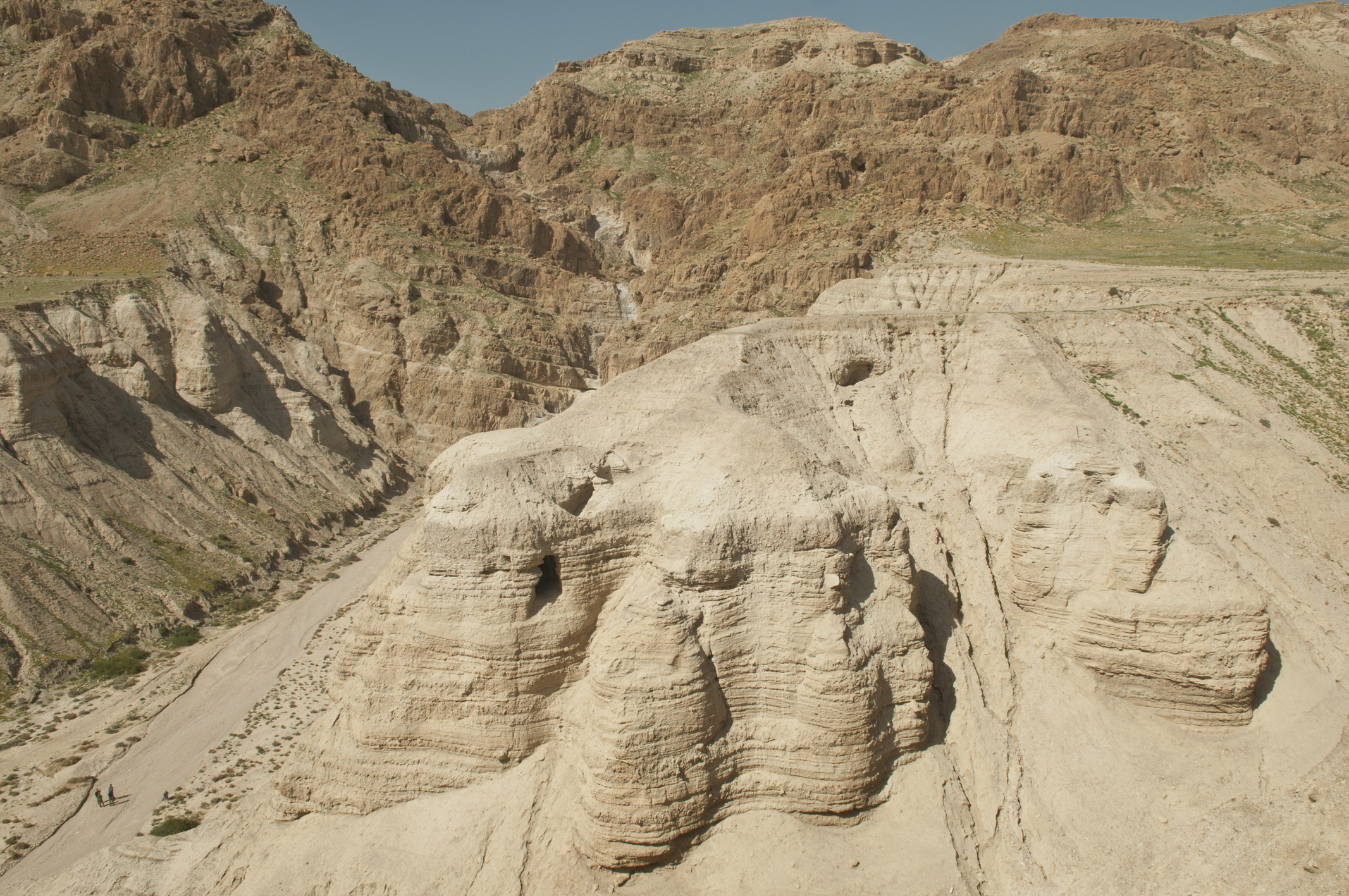DNA analysis, artificial intelligence and particle accelerators shed light on ancient artifacts
From DNA analysis and artificial intelligence to particle accelerators, researchers are relying on a wide range of cutting-edge technologies to solve the mysteries of the Dead Sea Scrolls.
This holiday season, give to:
Truth and understanding
The Media Line's intrepid correspondents are in Israel, Gaza, Lebanon, Syria and Pakistan providing first-person reporting.
They all said they cover it.
We see it.
We report with just one agenda: the truth.


The Dead Sea Scrolls are made up of some 25,000 fragments of leather and papyrus and feature some of the oldest known copies of biblical texts, produced between the third century BCE and the first century CE. They were discovered near Qumran on the shores of the Dead Sea as well as other sites in the Judean Desert between 1947 and 1956.

Cave 4, Qumran near the Dead Sea. (Shai Halevi/Israel Antiquities Authority)
“We’re talking about a corpus of about 1,000 manuscripts that were written at the end of Second Temple times, when both Judaism and Christianity were formalizing as we know them today,” Pnina Shor, founder of the Dead Sea Scrolls Unit at the Israel Antiquities Authority, told The Media Line. “This is why they’re so very important to the entire Western world.”
Many of the scrolls have deteriorated to the point that their contents are no longer visible to the naked eye, but new advancements are bringing the texts to life.